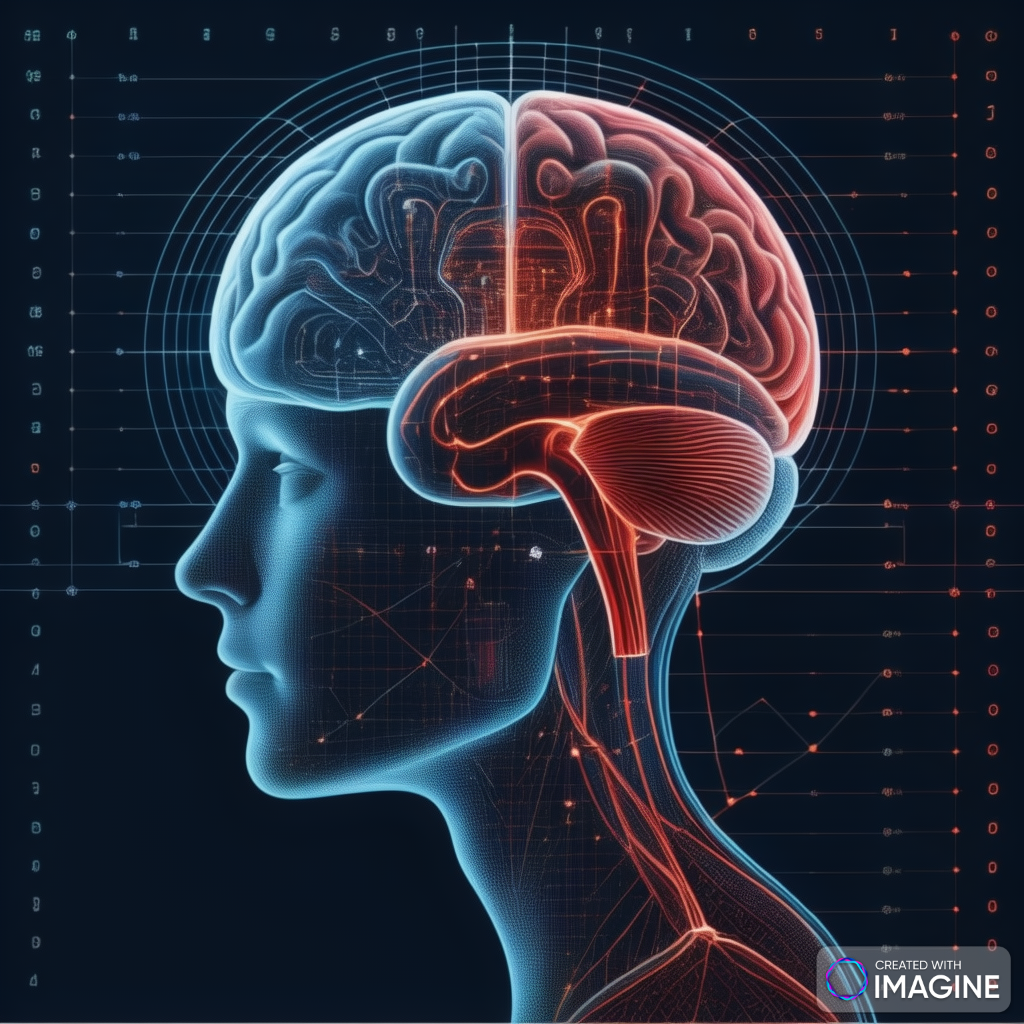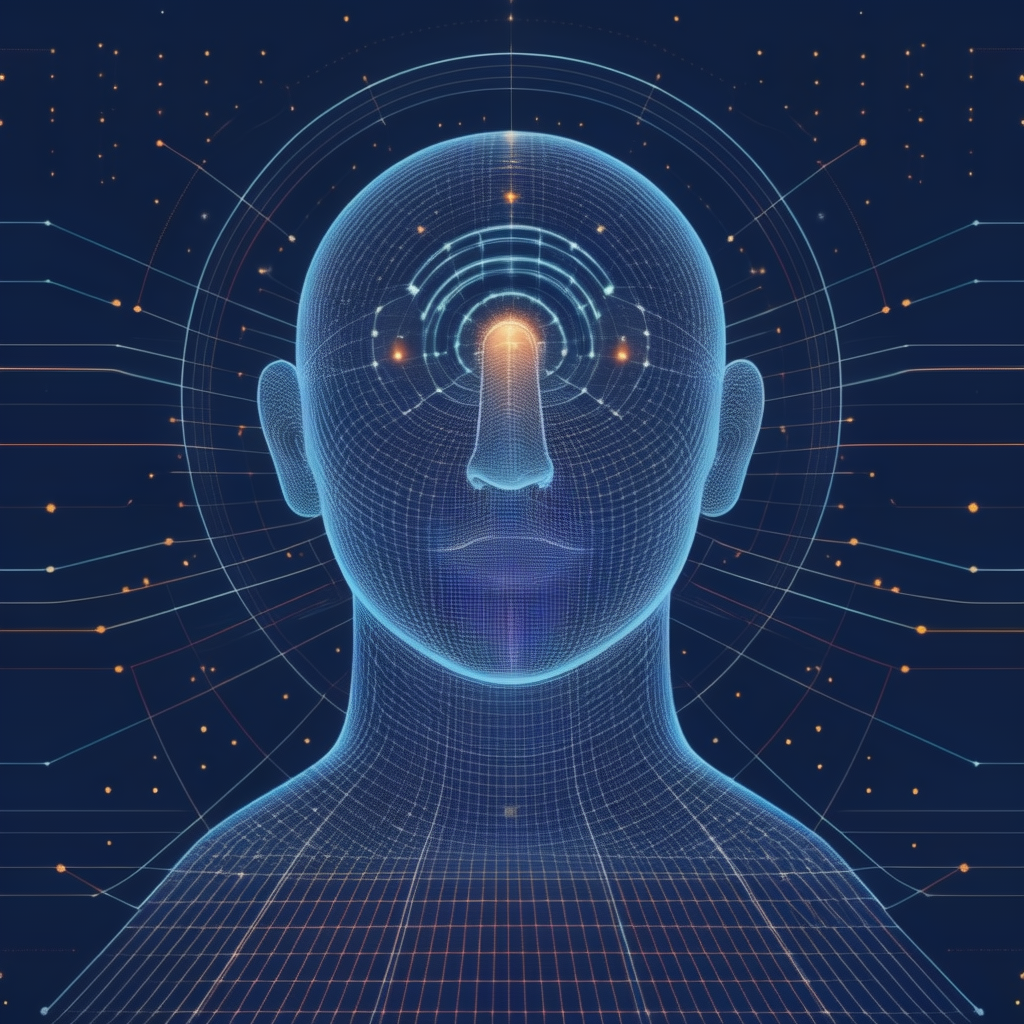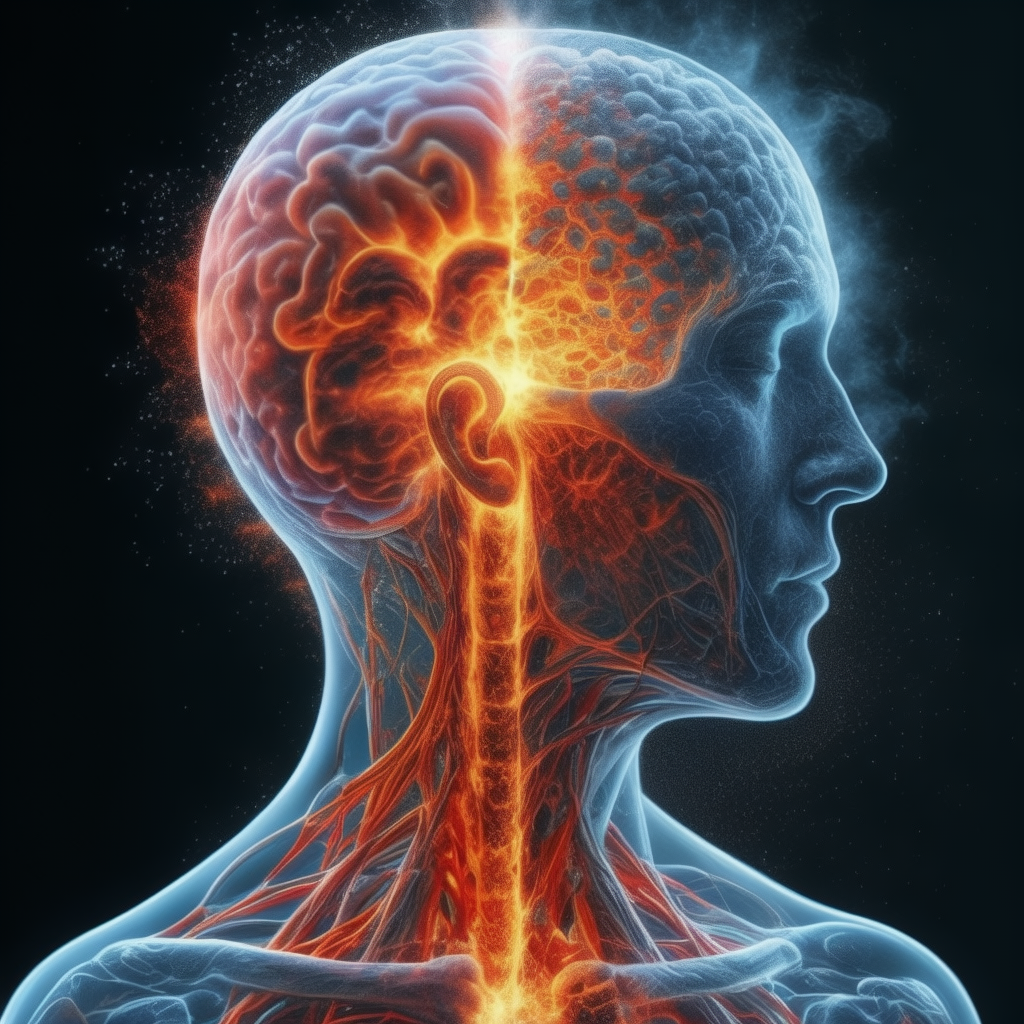Introduction: The human brain is a marvel of complexity, comprising distinct regions and networks that govern a myriad of cognitive, emotional, and perceptual processes. In this comprehensive blog post, we delve into the intricate workings of the brain, exploring its various dimensions and functions, from attention and sensory perception to memory, emotion, consciousness, Neuroplasticity and identity. We’ll examine how each aspect of the brain contributes to our experience of the world, how they interact and influence each other, and how environmental factors and lifestyle choices impact their activation and regulation.
- Pure Attention: Pure attention involves the focused allocation of cognitive resources to a specific task, stimulus, or thought. This function primarily involves the prefrontal cortex, which plays a central role in executive functions such as attentional control, working memory, and cognitive flexibility. When activated, the prefrontal cortex coordinates neural activity across multiple brain regions to prioritize relevant information and filter out distractions.
- Awareness: Awareness encompasses the conscious perception of one’s internal state and external environment. This process involves widespread activation of sensory cortices, such as the visual, auditory, and somatosensory areas, which process incoming sensory information from the environment. Additionally, the insular cortex and anterior cingulate cortex play key roles in monitoring bodily sensations and emotional states, contributing to our overall sense of awareness.
- Sensory Perception: Sensory perception involves the encoding, interpretation, and integration of sensory stimuli received through the five senses: vision, hearing, taste, smell, and touch. Different regions of the brain are specialized for processing each sensory modality, with information relayed from sensory organs to primary sensory cortices and then further processed in higher-order association areas. For example, visual information is initially processed in the primary visual cortex located in the occipital lobe before being integrated and interpreted in regions such as the visual association cortex.
- Memory: Memory encompasses the encoding, storage, and retrieval of information acquired through experience. This complex process involves multiple brain regions, including the hippocampus, amygdala, and various cortical areas. The hippocampus plays a central role in the formation of declarative memories, while the amygdala is involved in the encoding of emotional memories. Cortical regions, such as the prefrontal cortex and temporal lobes, contribute to the consolidation and retrieval of memories.
- Imagination: Imagination involves the generation of mental images, ideas, and scenarios that are not present in the immediate environment. This cognitive process engages widespread neural networks, including regions of the prefrontal cortex, parietal cortex, and default mode network. Activation of these networks allows individuals to mentally simulate future events, explore alternative possibilities, and engage in creative problem-solving.
- Emotions: Emotions are complex states characterized by subjective feelings, physiological changes, and behavioral responses. The limbic system, including structures such as the amygdala, hippocampus, and hypothalamus, plays a central role in emotional processing and regulation. The amygdala, in particular, is involved in the rapid evaluation of emotional stimuli and the initiation of appropriate behavioral and physiological responses.
- Consciousness: Consciousness refers to the state of being awake, aware, and capable of experiencing subjective awareness. While the neural correlates of consciousness are still not fully understood, studies suggest that widespread cortical and subcortical networks are involved in supporting conscious experience. The thalamus, often referred to as the “gateway to consciousness,” relays sensory information to the cortex, while the prefrontal cortex is implicated in higher-order cognitive processes associated with self-awareness and introspection.
- Ego or Identity: The ego, or sense of identity, is the subjective experience of being a distinct individual with unique thoughts, feelings, and experiences. This aspect of the self is thought to involve the integration of various neural networks, including regions of the prefrontal cortex, insula, and anterior cingulate cortex. The default mode network, which is active during rest and self-referential processing, may also play a role in shaping our sense of identity.
Environmental Factors and Lifestyle: Environmental factors, such as stress, trauma, social interactions, and cultural influences, can profoundly impact the functioning of the brain and its various dimensions. Chronic stress, for example, can dysregulate the hypothalamic-pituitary-adrenal (HPA) axis, leading to alterations in emotional processing and cognitive function. Similarly, social isolation and adverse childhood experiences can shape neural development and influence psychological well-being later in life. Lifestyle factors, including diet, exercise, sleep, and substance use, also play a significant role in brain health and function. Regular physical activity, adequate sleep, and a balanced diet rich in nutrients can support cognitive function, emotional resilience, and overall well-being.
- Executive Functions: Executive functions encompass a set of cognitive processes that enable individuals to plan, organize, problem-solve, and regulate their behavior. These higher-order functions are primarily mediated by the prefrontal cortex and its connections with other brain regions. The dorsolateral prefrontal cortex, for example, is involved in cognitive control and decision-making, while the ventromedial prefrontal cortex is implicated in emotional regulation and social cognition. Dysfunction in executive functions can manifest in difficulties with impulse control, attentional deficits, and poor decision-making skills.
- Intuition and Gut Feelings: Intuition, often referred to as “gut feelings” or “hunches,” involves the rapid, subconscious processing of information to arrive at intuitive insights or judgments. While the neural mechanisms underlying intuition are not fully understood, research suggests that intuitive processes may involve the integration of information across multiple brain regions, including the insula, anterior cingulate cortex, and basal ganglia. Intuitive judgments are thought to be influenced by past experiences, implicit learning, and emotional cues, allowing individuals to make quick decisions in complex or uncertain situations.
- Social Cognition: Social cognition refers to the cognitive processes involved in perceiving, interpreting, and responding to social information. This includes understanding others’ emotions, intentions, and beliefs, as well as navigating social interactions and relationships. Social cognition relies on a network of brain regions, including the medial prefrontal cortex, temporoparietal junction, and mirror neuron system. These regions support perspective-taking, empathy, theory of mind, and mentalizing abilities, allowing individuals to navigate the complexities of social life.
- Creativity and Innovation: Creativity involves the generation of novel ideas, solutions, and products that are both original and valuable. The neural basis of creativity is complex and multifaceted, involving interactions between cortical and subcortical structures. The default mode network, which is active during rest and internally focused tasks, has been implicated in creative thinking and idea generation. Additionally, the prefrontal cortex, hippocampus, and anterior cingulate cortex play roles in cognitive flexibility, associative thinking, and insight generation. Creative individuals often exhibit enhanced connectivity between brain regions associated with divergent thinking, imagination, and cognitive control.
- Empathy and Compassion: Empathy is the ability to understand and share the emotions and perspectives of others, while compassion involves the desire to alleviate their suffering or distress. These prosocial abilities are supported by a network of brain regions, including the anterior insula, anterior cingulate cortex, and mirror neuron system. Activation of these regions allows individuals to simulate others’ experiences, resonate with their emotions, and engage in empathic concern and altruistic behavior. Empathy and compassion are essential for fostering social bonds, cooperation, and moral behavior in human societies.
- Resilience and Adaptability: Resilience refers to the ability to bounce back from adversity, cope with stress, and adapt to challenging circumstances. This psychological trait is influenced by both genetic predispositions and environmental factors, including early life experiences, social support, and coping strategies. Neurobiologically, resilience is associated with flexible and adaptive responses in the brain’s stress-regulating systems, including the hypothalamic-pituitary-adrenal (HPA) axis and the amygdala-prefrontal cortex circuitry. Resilient individuals exhibit greater emotional regulation, cognitive flexibility, and positive reappraisal, allowing them to thrive in the face of adversity.
- Theory of Mind: Theory of mind refers to the ability to attribute mental states, such as beliefs, desires, and intentions, to oneself and others, and to understand that others may have different perspectives from one’s own. This cognitive capacity is essential for navigating social interactions, predicting others’ behavior, and forming complex social relationships. Theory of mind relies on the integration of information from various brain regions, including the medial prefrontal cortex, temporoparietal junction, and superior temporal sulcus. Dysfunction in theory of mind can occur in conditions such as autism spectrum disorder, schizophrenia, and certain neurological disorders.
- Emotional Regulation: Emotional regulation involves the ability to modulate and manage one’s emotional responses in accordance with situational demands and social norms. This process is mediated by a network of brain regions, including the prefrontal cortex, amygdala, and anterior cingulate cortex. The prefrontal cortex plays a critical role in top-down regulation of emotions, while the amygdala processes emotional stimuli and initiates physiological responses. Strategies for emotional regulation include cognitive reappraisal, mindfulness meditation, expressive writing, and social support. Effective emotional regulation promotes psychological well-being, resilience, and adaptive functioning in various life domains.
- Interpersonal Relationships: Interpersonal relationships encompass the connections and interactions between individuals, including family, friends, romantic partners, and colleagues. These relationships play a central role in shaping social identity, emotional well-being, and overall life satisfaction. Brain regions implicated in interpersonal relationships include the ventral striatum, anterior cingulate cortex, and orbitofrontal cortex, which are involved in reward processing, empathy, and social decision-making. Strong social connections are associated with numerous physical and mental health benefits, including reduced stress, improved immune function, and increased longevity.
- Neuroplasticity and Lifelong Learning: Neuroplasticity refers to the brain’s ability to reorganize its structure and function in response to experience, learning, and environmental stimuli. This dynamic process underlies the brain’s capacity for adaptation, recovery from injury, and lifelong learning.
 occurs at multiple levels, from synaptic changes and neural network reorganization to structural remodeling and neurogenesis. Factors that promote neuroplasticity include enriched environments, cognitive stimulation, physical exercise, and learning new skills. By harnessing the principles of neuroplasticity, individuals can enhance cognitive function, promote brain health, and optimize their potential for lifelong learning and personal growth.
occurs at multiple levels, from synaptic changes and neural network reorganization to structural remodeling and neurogenesis. Factors that promote neuroplasticity include enriched environments, cognitive stimulation, physical exercise, and learning new skills. By harnessing the principles of neuroplasticity, individuals can enhance cognitive function, promote brain health, and optimize their potential for lifelong learning and personal growth.
Conclusion: The human brain is a complex and dynamic organ that orchestrates a vast array of cognitive, emotional, and perceptual processes. By understanding the distinct dimensions of the brain and the neural mechanisms underlying each function, we gain insights into the intricacies of human experience and behavior. From attention and sensory perception to memory, emotion, consciousness, and identity, each aspect of the brain contributes to our unique subjective reality. By considering the interplay between environmental factors, lifestyle choices, and brain function, we can cultivate greater awareness, resilience, and well-being in our lives.







